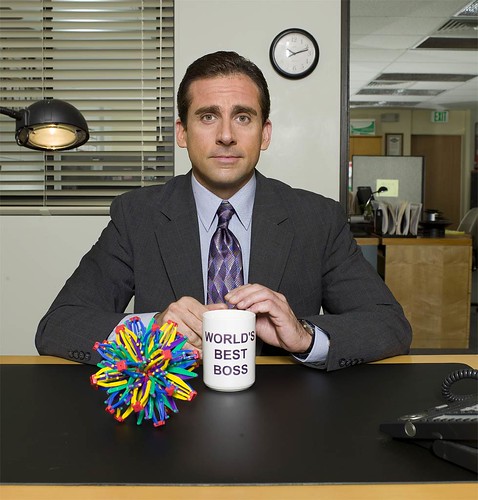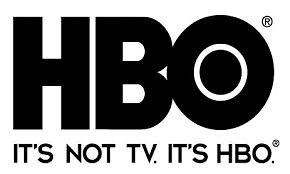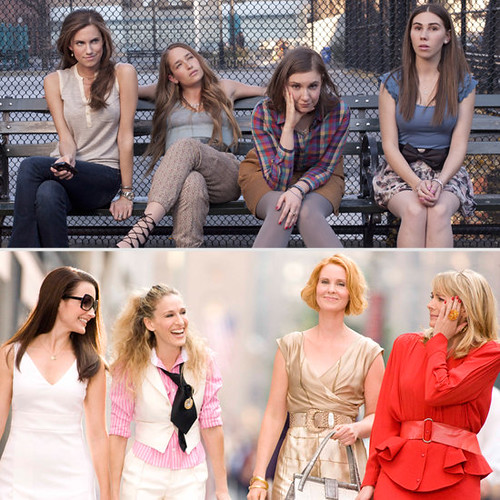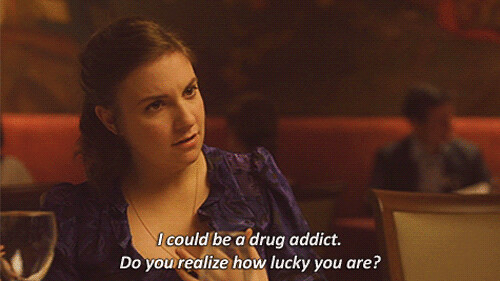Film-TV 2: Analysis & Reflection #1
Q3. “D’Est” – Chantal Akerman
I was interested in Chantal Akerman’s D’Est and the way the filmmaking process and what is being represented on screen become one through the participant’s reactions to the camera as it pans across them. Their reactions (e.g. whether they look at or away from the camera, follow it, or ignore its presence altogether) is very telling of the situation and the people being represented. I think it captures the essence of why we call them participants – it is arguably impossible to objectively capture or document the behaviour of someone, so instead, it can be a better and a more honest representation if the viewer can see how the participants interact and adapt to the filmmaking process. This style and technique might have been useless if documenting the state of living in a different part of the world, or at a different time, or during a certain event. If I were to employ the same approach in an attempt to document what it is like to live in Collingwood, for example, people would interact differently with the camera, perhaps be more self-conscious, or showy, or questioning of the filmmakers.
Q4. “The Idea of the North” – Glenn Gould
I listened to this with the question in mind of “does it give you an idea of being there?” and I think it does. The first 3 minutes, of overlayed dialogue, does well to draw you in to personal stories, revealing the variations in people’s experiences and perceptions of ‘the North’. I think the sound is layered and the focus shifted to shed light on each person’s story. After the official introduction, I think the background sound of the train which underpins the dialogue is an effective way of making the listener feel as though they’re on their way to the North, taking them on the journey as well, so to speak. Although, I do think this dragged on a little and becomes a bit too comfortable – cutting out that background train-on-the-tracks sound effect could give more emphasis to particular points of the participant’s stories. But overall, yes, I think it gives the listener an impression of being there, or at least the feeling of making their way.
Q5. W1 Tutorial Sound Recordings
The first of Molly’s and my recordings is a little too undirected to really evoke any kind of location. There are some mutterings of conversation, and some very faint tapping sounds but the microphone wasn’t directed enough to really capture this and create any sense of story or location. The only thing that really comes through is the announcement of the PA – an automated female voice that echoes. This offers some association with a clinical environment, like a waiting room with cold tiles and bland, monochrome surrounds. To emphasise this, we could record other sounds found in that kind of environment such as typing noises, doors opening and closing, a clock ticking, people coughing etc.
The next two recordings could be coupled together as they both sound sort of youthful, because they include recordings of pop music, and people playing pool and speaking casually with one another. This sounds like a canteen hall, or bar – something kind of run-down because the music is sort of scratchy and stops at intervals. This evokes images of dirty bar rooms, with vintage music posters and splattered beer around – the kinds of things you’d find in an old, local pub. To enhance this sense of place, I would suggest recording sounds like that of beers being poured, more background chatter, laughter, maybe some more directed sounds such as sports commentary coming through a TV and cheers.







